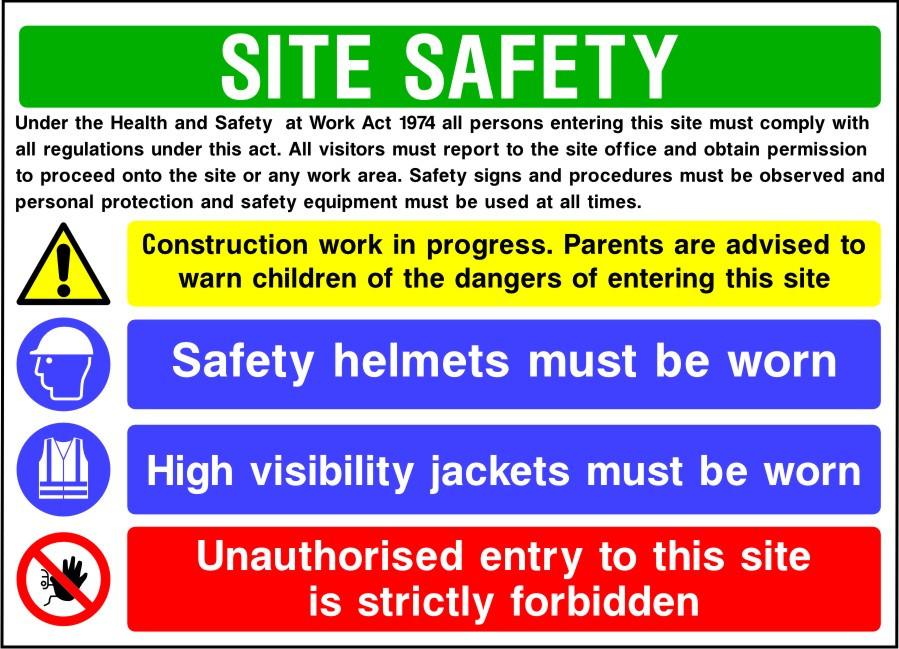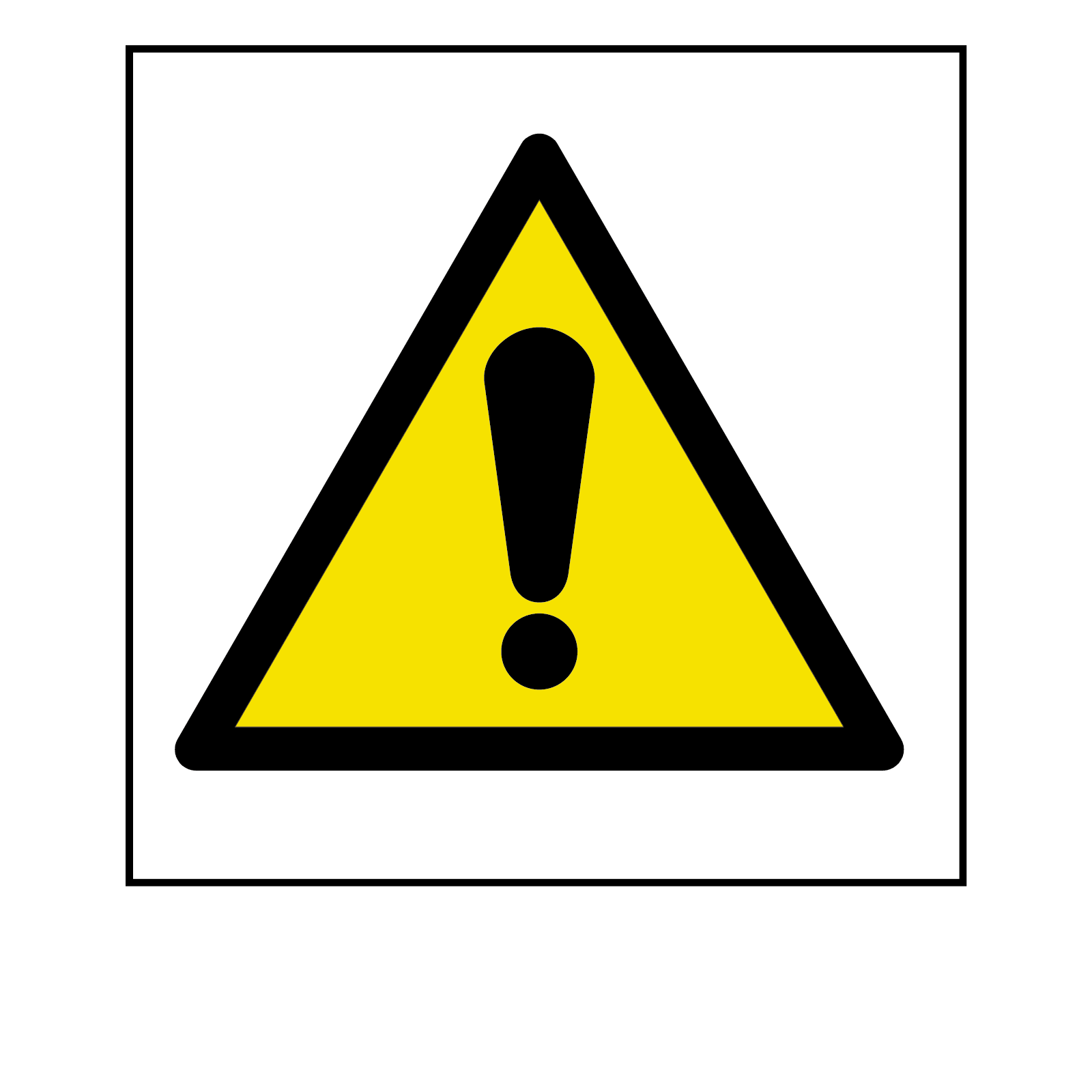Reliable Safety Signage Strategies: Maximizing Recognition and Compliance
Reliable Safety Signage Strategies: Maximizing Recognition and Compliance
Blog Article
Overview to Selecting the Right Security Indicators for Any Type Of Atmosphere
Choosing the ideal safety indications for different atmospheres is an important facet of danger management and regulative compliance. It requires a complete understanding of the specific threats present, as well as an awareness of the lawful frameworks controling sign use.
Understanding Safety Sign Kind
Safety and security indications play an essential duty in preserving a risk-free setting, and recognizing the different types is crucial for effective communication of hazards. These signs are classified primarily right into four types: indication, required indications, restriction indications, and informative indicators.
Caution indicators are triangular and normally yellow, informing people to possible risks that might cause injury or damage. Compulsory indicators, blue and frequently circular, indicate activities that have to be taken to make certain safety and security, such as wearing personal protective equipment.
Comprehending these groups help in choosing the appropriate indications for specific settings. By making use of the proper safety and security indications, companies can successfully communicate dangers, promote conformity with safety protocols, and inevitably foster a society of safety that protects visitors and staff members alike.
Evaluating Your Environment
Assessing the particular attributes of your setting is basic to choosing the appropriate security indications. Different setups, such as industrial facilities, building and construction websites, or workplace atmospheres, each present one-of-a-kind hazards and operational contexts that need to be taken into consideration.
Begin by determining prospective risks within your environment. As an example, in a factory, hefty machinery and high sound levels might necessitate signs indicating personal protective equipment (PPE) demands, while a medical care setting may need indicators alerting staff to biohazard locations.
Following, analyze the physical layout of the area. Take into consideration the presence of indicators; they need to be placed where they can be easily seen and comprehended by people moving via the area. Evaluate lighting problems, as badly lit areas might need illuminated or reflective signs to improve exposure.
Additionally, think about the target market communicating with the indicators. Diverse workforces might demand multilingual signs or icons that communicate messages clearly without reliance on text. Assessing these elements will certainly guarantee that the safety signs chosen successfully communicate required precautions, inevitably cultivating a safer setting for all.
Regulatory Compliance Considerations
Recognizing regulatory compliance is important when selecting safety and security indications, as it ensures that your signage satisfies both legal requirements and sector requirements - Health and Safety Signs. Compliance with guidelines not just secures your company from potential penalties yet also enhances office safety and security and advertises a culture of responsibility
First, acquaint yourself with the appropriate regulations and laws that relate to your specific sector. This might include federal, state, and regional mandates, along with specific guidelines from organizations such as OSHA (Occupational Safety And Security and Health And Wellness Administration) or ANSI (American National Standards Institute) These guidelines dictate the kinds of indicators called for, their positioning, and the language made use of.
Next, consider the particular threats present in your atmosphere. Specific sectors, such as building and construction or production, might have special signage demands that reflect the dangers entailed. In addition, make sure that your indicators are certified with ease of access criteria, making them conveniently readable for all employees.
Designing Effective Security Signs
Reliable safety indications are not only a regulative need yet likewise an important component of a comprehensive safety method. To make effective security indicators, it is important to focus on clarity and presence.
In addition, the placement of security indications is essential. Health and Safety Signs. Indications need Safety Signage to be positioned at eye level and in areas where they can be conveniently seen by individuals around. It is also important to think about the certain audience; for instance, signs in commercial atmospheres may need more technological language, while those in public areas should remain accessible and straightforward
Incorporating suitable dimensions and materials is another essential element. Indicators must be weather-resistant and long lasting if placed outdoors, while indoor signs might need various factors to consider based on the atmosphere. Inevitably, the goal of designing security indicators is to interact important details properly, making certain that individuals can swiftly understand possible dangers and react properly, therefore cultivating a more secure environment for everyone.

Maintenance and Updates
Consistently conducting maintenance and updates for safety indicators is necessary to ensure their continued performance and visibility. Gradually, environmental factors such as sunshine, wind, and rainfall can wear away the products made use of in security indications, resulting in fading, peeling, or total disintegration. Consequently, regular examinations must be arranged to examine the condition of all safety signs within any offered environment.
Upgrading safety and security indications is equally critical, specifically when there are changes in guidelines, risks, or treatments. Organizations needs to remain abreast of neighborhood regulations and sector criteria to make certain compliance. Health and Safety Signs. When alterations are made to the work area, such as new machinery installations or alterations in layout, corresponding updates to safety signs must be executed immediately
It is also a good idea to preserve a constant stock of safety and security indications, making sure that replacements are readily available. This aggressive strategy lessens downtime and enhances safety by minimizing threats related to obsolete or damaged signs. To conclude, an effective maintenance and upgrade method for safety indications not only preserves their functional stability but likewise enhances a culture of safety within the work environment.
Verdict
In summary, the choice of suitable security indications is critical for making certain a secure setting. A complete understanding of the sorts of indicators, comprehensive evaluation of possible threats, adherence to regulative criteria, efficient design concepts, and regular maintenance add to enhanced communication and safety. By executing these strategies, companies can foster a society of security that secures individuals and promotes conformity with safety and security guidelines, inevitably bring about a much safer and much more safe and secure workplace.
Analyzing these elements will make sure that the security indications picked successfully interact essential preventative measures, eventually fostering a safer atmosphere for all.
Effective safety signs are not just a regulatory need however likewise an essential part of a thorough security technique. Ultimately, the objective of developing security signs is to communicate crucial info effectively, making sure that people can promptly comprehend possible hazards and react suitably, therefore promoting a more secure setting for everyone.
In verdict, an effective maintenance and upgrade technique for safety and security signs not just maintains their useful honesty yet additionally reinforces a culture of security within the workplace.

Report this page